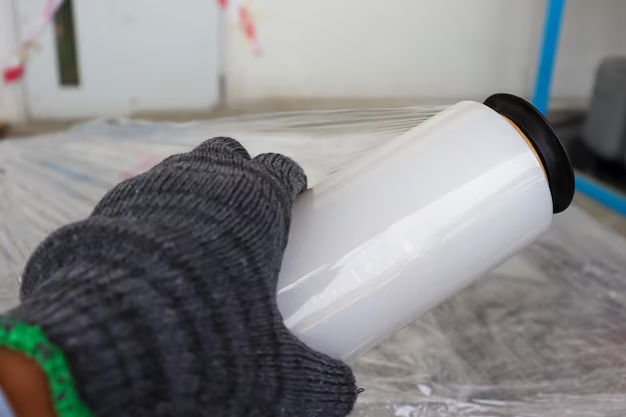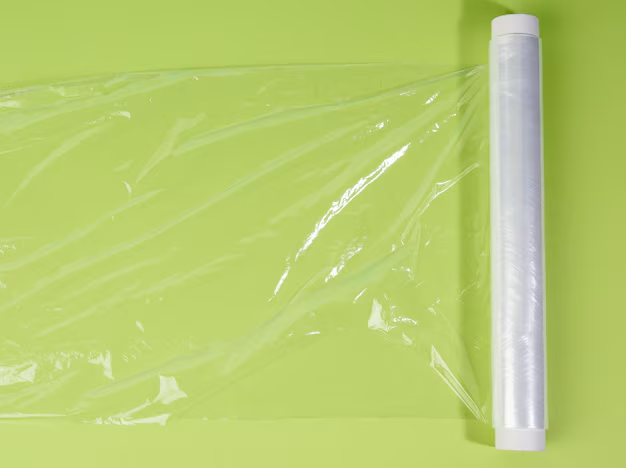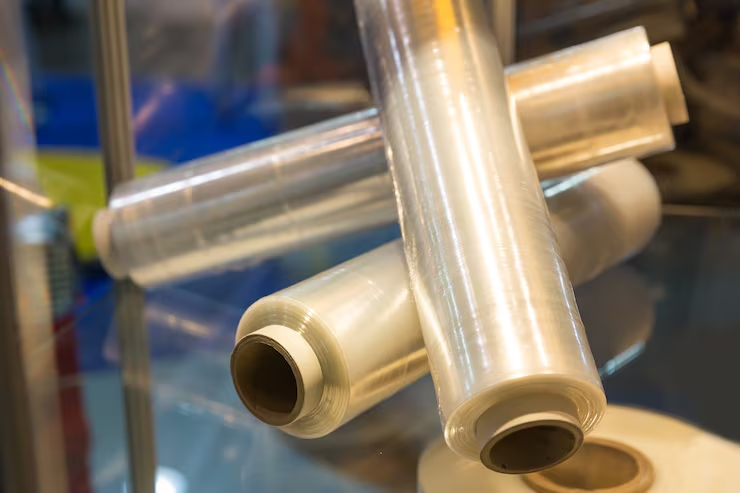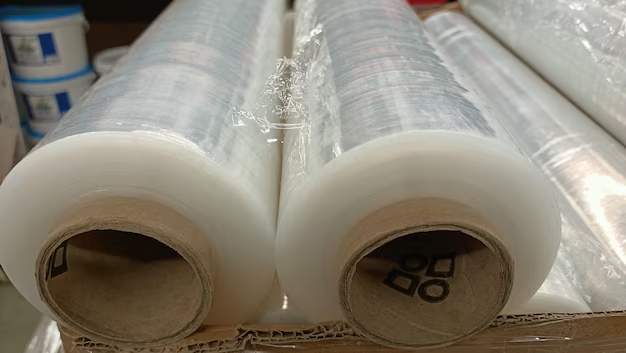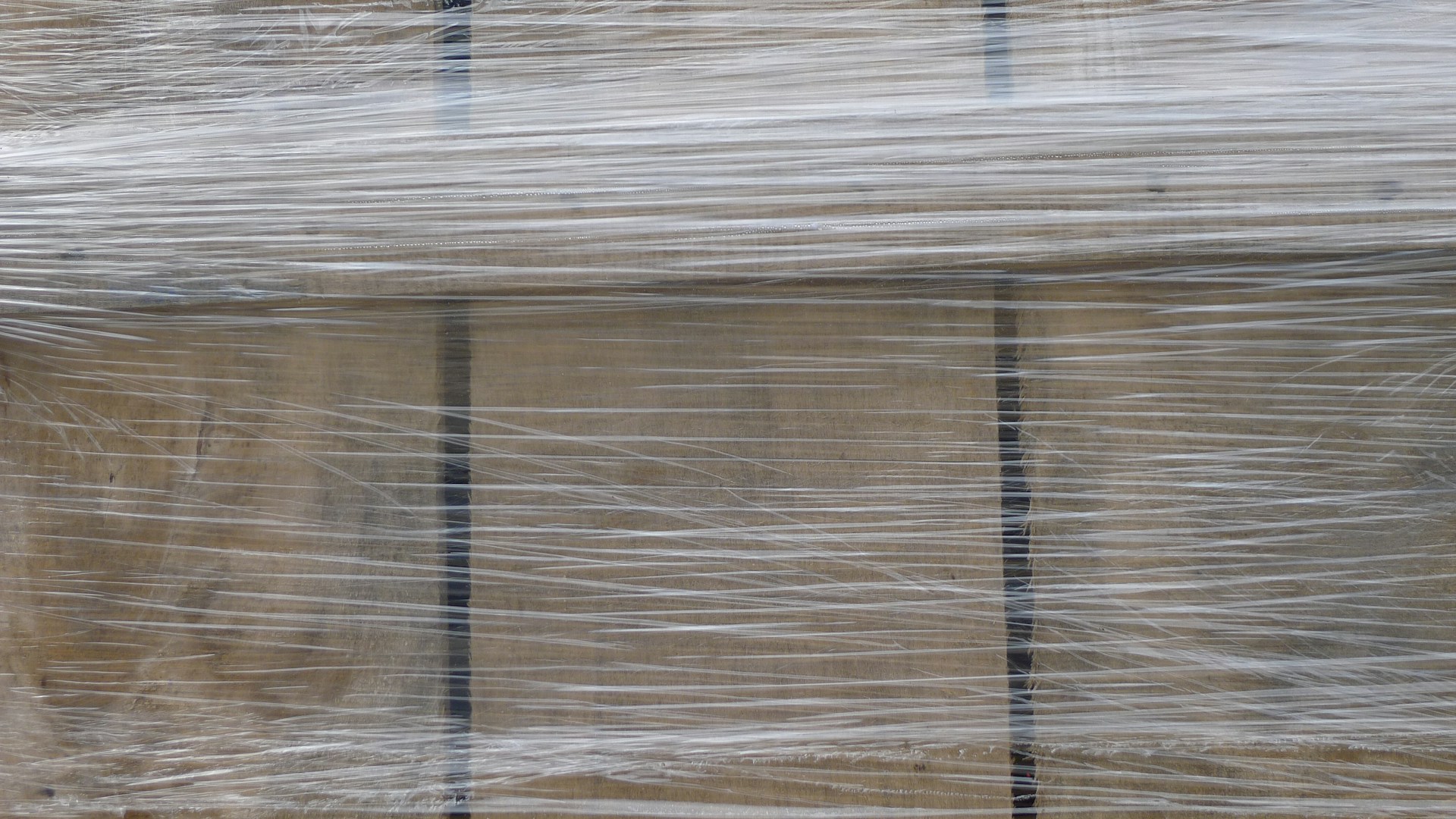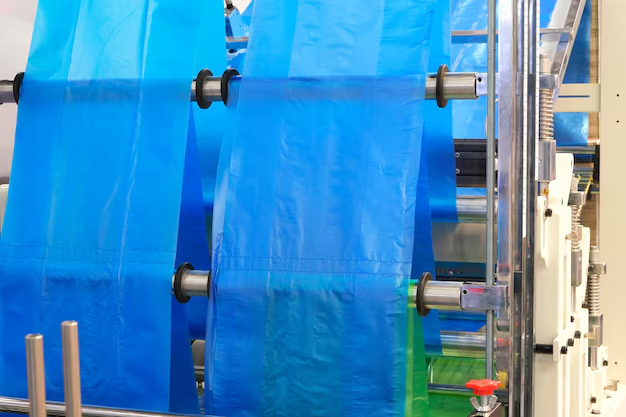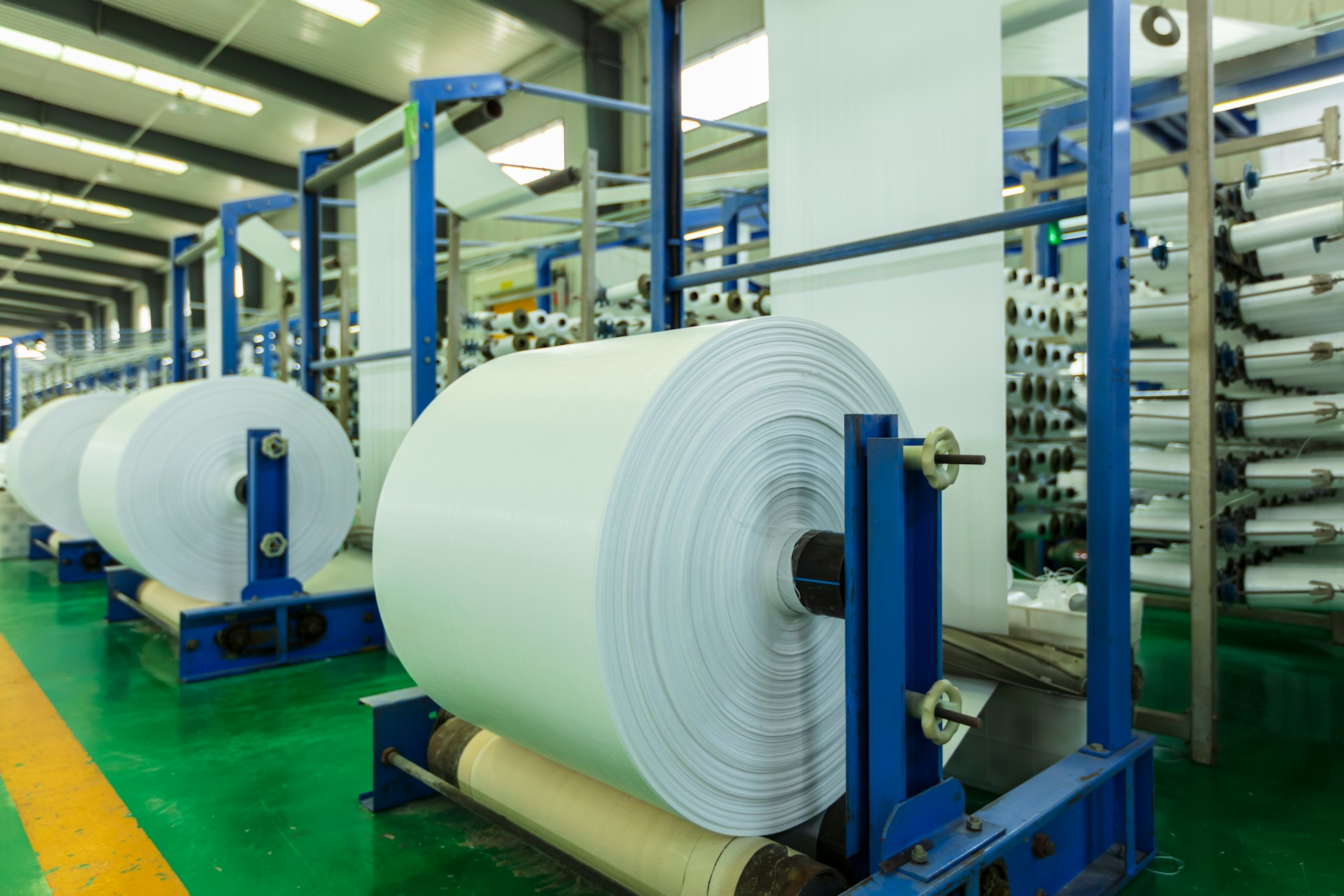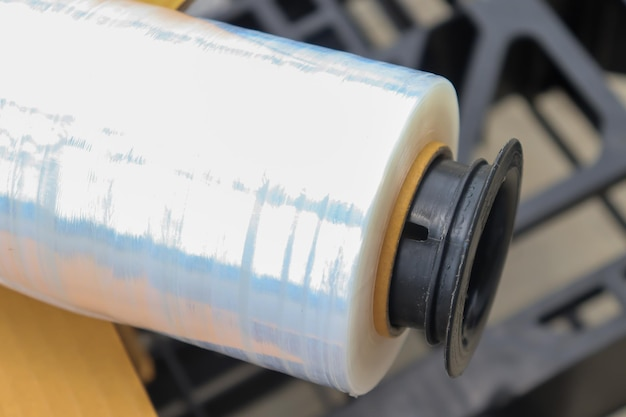Industrial shrink film might sound like something only giant factories deal with, but it plays a significant role in protecting all sorts of products. Imagine it’s like wrapping a gift. Instead of using colorful paper that can easily tear or wrinkle, shrink film tightly hugs the product, keeping it safe and secure. It’s made from plastic materials that shrink tightly when heat is applied. This creates a protective barrier around items, making sure they arrive at their destination in top condition.
Why is this important? Think of a dusty, busy warehouse. There’s dust, potential rainwater leaks, and even UV rays from sunlight. Now, imagine trying to keep everything clean and undamaged. Industrial shrink film provides that shield, blocking out dirt, moisture, and sunlight that can damage or degrade products over time. It’s like giving your products their very own protective suit while they sit in storage or during transportation.
Benefits of Using Industrial Shrink Film
Industrial shrink film offers several benefits that make it a go-to choice for protecting products across many industries.
– Protection Against Environmental Factors: Think about how you’d want to keep your belongings dry during a rainstorm. Similarly, shrink film keeps products safe from dust, moisture, and UV radiation. It prevents these environmental factors from coming in contact with your products, acting as a barrier against potential damage.
– Durability and Resistance: Picture using a sturdy umbrella during heavy rain without it flipping inside out. Shrink film does a similar job. It’s strong and resists tears and punctures, keeping products intact no matter the shipping or handling process’s roughness.
– Versatility in Wrapping: One of the standout features of shrink film is its ability to wrap items of varying shapes and sizes. Be it big machines or small gadgets, shrink film molds snugly around them all, ensuring each item’s specific needs are met.
Understanding these benefits helps in appreciating why businesses often choose shrink film over other packaging options. It offers a reliable way to safeguard products, ensuring they stay in perfect condition, ready for use or sale as soon as they’re unpacked.
Different Types of Industrial Shrink Film
When it comes to choosing the right industrial shrink film, understanding the different types can guide you to the best choice for your needs. There are three primary types of shrink film, each offering unique benefits and applications.
– Polyethylene (PE): Known for its strength, this type of shrink film is perfect for heavy-duty applications. It provides excellent tear resistance, making it ideal for wrapping large or oddly shaped items. Its durability ensures that the protective layer remains intact throughout the storage or shipping process, giving you peace of mind that your products are safe.
– Polypropylene (PP): If clarity and presentation are a top priority, polypropylene might be the right choice. This type of film is valued for its crystal-clear appearance, which can enhance the visual appeal of wrapped products. It’s a great option when presentation matters, such as in retail settings where aesthetics influence purchasing decisions.
– PVC (Polyvinyl Chloride): This option is often chosen for its flexibility and affordability. PVC shrink film is versatile and can be used for various applications without breaking the bank. It’s especially useful for medium-duty applications, balancing cost and performance effectively.
How to Choose the Right Shrink Film for Your Needs
Selecting the proper shrink film involves considering several factors to ensure optimal protection and suitability. Here are some points to guide your choice:
1. Type of Product: Consider what you’re wrapping. For heavier items, polyethylene might be better, while polypropylene offers clarity for more visually-focused products.
2. Storage Conditions: Think about where the products will be stored. If the environment is humid or exposed to sunlight, choosing a film known for UV protection and moisture resistance is advisable.
3. Size and Weight: Assess the dimensions and mass of what you’re wrapping. Make sure the film can snugly and securely cover the item, providing the needed support.
Common Mistakes to Avoid with Industrial Shrink Film
Even with the best intentions, some common mistakes can reduce the effectiveness of shrink film. Being aware of these pitfalls can help maintain product protection.
– Overstretching the Film: It’s easy to think tighter is better, but overstretching can lead to tears. Always ensure the film is snug but not overly tight to prevent breaking.
– Using the Wrong Type of Film: Different films serve different purposes. Always match the film type to the product’s needs, such as opting for a more robust film for heavy items.
– Ignoring Climate Conditions: Temperature and humidity play essential roles. If you’re using the film in an area with extreme weather conditions, select a film that can handle those specific challenges.
Ensuring Long-Lasting Protection for Your Products
The journey of using shrink film doesn’t end with wrapping. For ongoing protection, proper application matters. Ensuring the film is applied correctly means considering the right combination of heat and technique, preventing any unintentional damage.
Engaging a professional to handle the film application can remove the guesswork from the equation, leading to a perfect wrap every time. It also extends the lifespan of the protection your products receive. Focusing on quality shrink film applied through professional techniques ensures your products are wrapped securely, reducing risk and maintaining quality throughout their journey in storage or transit.
Protecting your products with the right materials is key to ensuring they reach their destination in pristine condition. To explore a variety of options and find the perfect match for your packaging requirements, trust Markley and Associates. Discover how our solutions can help you secure your shipments effectively and efficiently with industrial shrink film.

